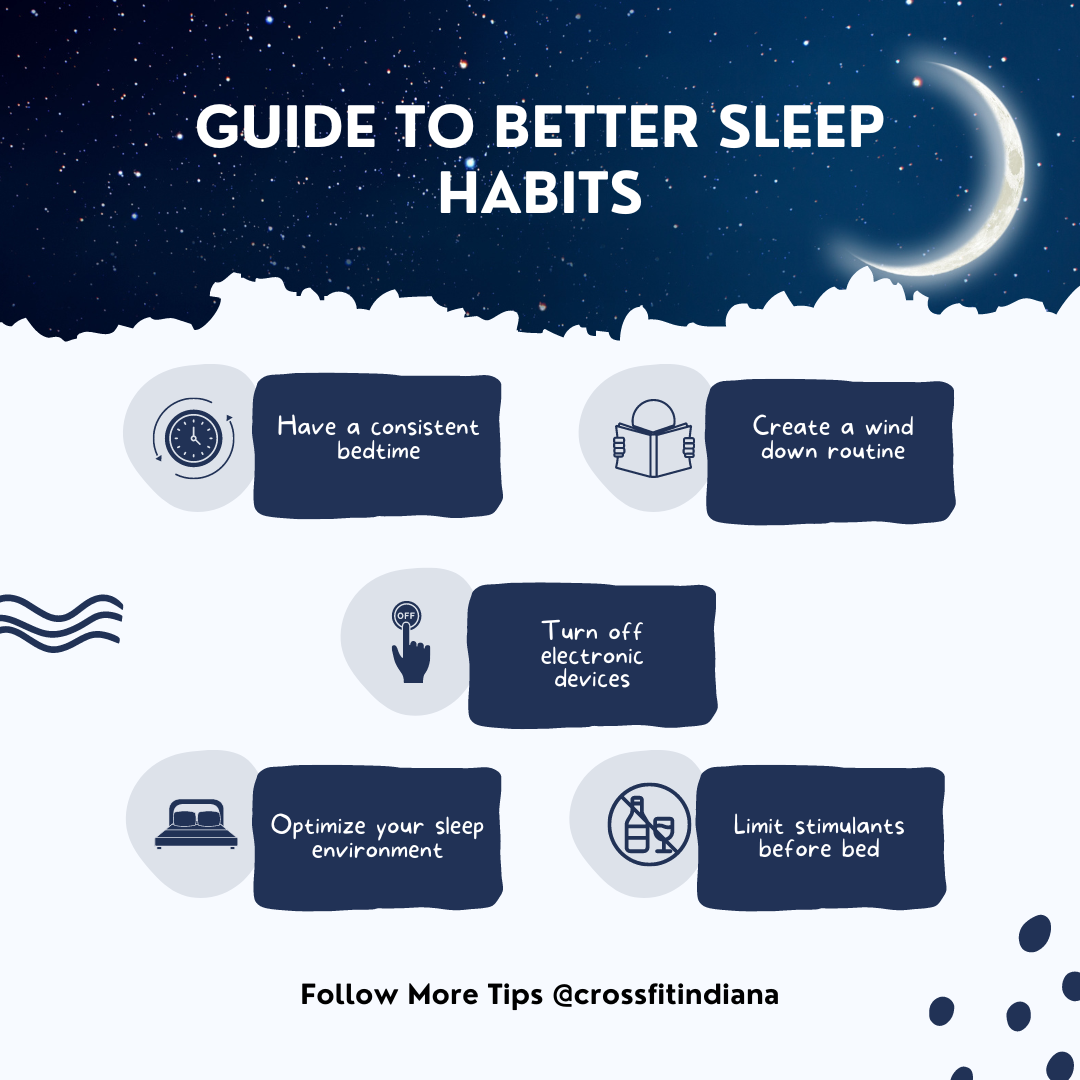How to Squat
Mar 19, 2023
Squat/Causes/Therapies
- Start with the feet about shoulder width apart and slightly toed out.
- Keep your head up, looking slightly above parallel.
- Do not look down at all; ground is in the peripheral vision only.
- Accentuate the normal arch of the lumbar curve and then pull the excess arch out with the abs.
- Keep the midsection very tight.
- Send your butt back and down.
- Your knees track over the line of the foot.
- Do not let the knees roll inside the foot. Keep as much pressure on the heels as possible.
- Stay off the balls of the feet.
- Delay the knees’ forward travel as much as possible.
- Lift your arms out and up as you descend.
- Keep your torso elongated.
- Send your hands as far away from your butt as possible.
- In profile, the ear does not move forward during the squat; it travels straight down.
- Do not let the squat just sink, but pull yourself down with your hip flexors.
- Do not let the lumbar curve surrender as you settle into the bottom.
- Stop when the fold of the hip is below the knees–break parallel with the thigh.
- Squeeze the glutes and hamstrings and rise without any leaning forward or shifting of balance.
- Return on the exact same path as you descended.
- Use every bit of musculature you can; there is no part of the body uninvolved.
- On rising, without moving the feet, exert pressure to the outside of your feet as though you were trying to separate the ground beneath you.
- At the top of the stroke, stand as tall as you possibly can.
Causes of a Bad Squat
- Weak glute/hamstring. The glutes and hams are responsible for powerful hip extension, which is the key to the athletic performance universe.
- Poor engagement, weak control, and no awareness of glute and hamstring. The road to powerful, effective hip extension is a three-to five-year odyssey for most athletes.
- Attempting to squat with quads. Leg extension dominance over hip extension is a leading obstacle to elite performance in athletes.
- Inflexibility. Tight hamstrings are a powerful contributor to slipping into lumbar flexion–the worst fault of all.
- Sloppy work, poor focus. This is not going to come out right by accident. It takes incredible effort. The more you work on the squat, the more awareness you develop as to its complexity.
Therapies for Common Faults
- Bar Holds: Grab a bar racked higher and closer than your normal reach at the bottom of a squat, then settle into a perfect bottom position with chest, head, hands, arms, shoulders, and back higher than usual (Figure 2). Find balance, let go, repeat closer and higher, etc. This lifts the squat (raises head, chest, shoulders, and torso), putting more load on heels and glute/hams. This immediately forces a solid bottom posture from which you have the opportunity to feel the forces required to balance in good posture. This is a reasonable shoulder stretch but not as good as the overhead squat.
- Box Squatting: Squat to a 10-inch box, rest at the bottom without altering posture, then squeeze and rise without rocking forward. Keep a perfect posture at the bottom. This is a classic bit of technology perfected at the Westside Barbell Club.
- Bottom-to-Bottoms: Stay at the bottom, come upto full extension, and quickly return to the bottom, spending much more time at the bottom than the top; for instance, sitting in the bottom for five minutes, coming up to full extension only once every five seconds (60 reps) (Figure 3). Many will avoid the bottom like the plague. You want to get down there, stay down there, and learn to like it.
- Overhead Squats: Hold broomstick at snatch-grip width directly overhead, arms locked. The triangle formed by the arms and stick must stay perfectly perpendicular to the ground as you squat (Figure 4). This is a good shoulder stretch and lifts the squat. With weight, this exercise demands good balance and posture or loads become wildly unmanageable. The overhead squat is a quick punisher of sloppy technique. If shoulders are too tight, this movement will give an instant diagnosis. You can move into a doorway and find where the arms fall and cause the stick to bang into the doorway. Lift the arms, head, chest, back, and hip enough to travel up and down without hitting the doorway. Over time, work to move the feet closer and closer to the doorway without hitting it. The broomstick foundation is critical to learning the snatch–the world’s fastest lift.
Taken from the CrossFit Level 1 Manual | Page 105
MORE RECENT POSTS

25 Apr, 2024
WHAT What is Murph? This is a one day event here at CrossFit Indiana. This Hero Workout is free and open to the public on May 25, 2024. Workouts start at 8:00 am and 9:00 am, Kids at 10:15 am. If there are too many people registered, we will open up another heat for you. Not only are we hosting here at CrossFit Indiana, but we are one of only 6 gyms in the state of PA that are an official host of The Murph Challenge. The Murph Challenge is the Official annual fundraiser of the LT. Michael P. Murphy Memorial Scholarship Foundation, presented by Forged®. It is also one of the primary means of funding for the Foundation on an annual basis. YOUR support is what drives our success. Since 2014, Forged® has raised over $2,000,000+ for the LT. Michael P. Murphy Memorial Scholarship Foundation through The Murph Challenge campaign. In 2022, The Murph Challenge Fundraiser raised more than $300,000 in order to finalize construction on the LT Michael P. Murphy Navy SEAL Museum/Sea Cadet Training Facility in Long Island, NY! In addition to that, and ONLY with such overwhelming support and success, the Foundation awarded 40 scholarships (totalling around $200,000) in 2023 with the addition of three new scholarships; one at St. Joseph’s College to a Veteran for undergraduate or graduate study and two new scholarships at Rocky Point High School on Long Island in memory of Marine Sgt Robert A. Pole, who was Killed in Action in Iraq. The Murph Challenge is not just a physical test, but also a mental and emotional one. Participants are pushed to their limits and are encouraged to keep pushing through the pain and exhaustion, just as Lieutenant Murphy did during his final moments. The event is held annually on Memorial Day, and people from all over the world come together to honor Lieutenant Murphy and all those who have given their lives in service to our country. The Murph Challenge is a powerful reminder of the sacrifices made by our military and a testament to the strength and resilience of the human spirit. Once you register, you will not only be pledging to participate in the Hero WOD 'MURPH', joining a unique group of participants who pay tribute to LT. Michael P. Murphy, but you will also be contributing to a prestigious organization founded by the Murphy family. After completing The Murph Challenge, each registrant will be asked to return to TheMurphChallenge.com and submit their 'MURPH' time to compare their achievement with other participants worldwide. All times submitted will be displayed on the Official Worldwide Leaderboard found at TheMurphChallenge.com. From that board, the top 5 Men and top 5 Women will be recognized for their efforts. We invite YOU to join countless other participants worldwide to #TakeTheChallenge. Registration for The Murph Challenge 2024 is NOW OPEN! WHY The workout Murph is all about us coming together as a community and honoring those that paid the ultimate sacrifice for our freedoms. We will go through an incredibly difficult workout together and struggle together on a day that is selflessly not about us. This workout is not about you! It's not about getting a PR, it's not about wearing a vest, it's not about going RX'd or event beating last years' time. It's about honoring our fallen heros. Let's show up for THEM! WHEN The Murph Challenge will take place at CrossFit Indiana, 1410 Wayne Ave, Ste. C, Indiana, PA 15701 on May 25, 2024. Heat's start at 8:00 and 9:00 am with kids going at 10:15. HOW How do we approach this workout? This is not only a challenging workout, but also a high volume workout. We want you to push yourself, but we also want to provide some options for you to challenge yourself in a safe way. just a few WOD Options: Full Murph 1 Mile Run 100 Pull Ups 200 Push Ups 300 Air Squats 1 Mile Run *wear a #20 vest or body armor Half Murph 1/2 Mile Run 50 Pull Ups 100 Push Ups 150 Air Squats 1/2 Mile Run *wear a #20 vest or body armor... or not Partner Style 1 Mile Run 100 Pull Ups 200 Push Ups 300 Air Squats 1 Mile Run *wear a #20 vest or body armor...or not **run together, split work as desired The Leg Saver 15 RDS of: 5 Pull Ups 10 Push Ups 20 Air Squats -then- 5 RDS of 5 Pull Ups 10 Push Ups The Push Up Saver 20 RDS of 5 Push Ups 5 Pull Ups 5 Push Ups 15 Air Squats As someone that struggles with push-ups, this is my personal favorite strategy! By breaking the push-ups into two smaller sets, I’m not losing time in the push-ups by “waiting for my arms to hurt less.” Five push-ups at a time is a more manageable set than one big set of ten push-ups. Try it out and see what you think! The Classic 20 RDS of 5 Pull Ups 10 Push Ups 15 Air Squats This strategy breaks “Murph” into an even 20 rounds. This version is the most common way to break up “Murph” at CrossFit Optimistic! It spreads out the shoulder heavy movements like the pull up and pushup, is easy keep track of, and is similar to the CrossFit workout Cindy . Regardless of how you choose to do Murph, do Murph. We are an official host and Official Registration can be taken care of here. All athletes must also register using Wodify. CrossFit Indiana athletes, register for your heats on the Wodify App. Guests, schedule your free workout here. We are gladly accepting any and all donations toward the The Murph Challenge. All funds raised will benefit the LT. Michael P. Murphy Memorial Scholarship Foundation directly. Venmo @crossfitindiana

By CJ Lyons
•
08 Apr, 2024
Sleep has a drastic e ffect on our rest, recovery, nutritional habits, energy levels and we often take advantage of getting quality sleep to foster a healthier lifestyle At CrossFit Indiana, we focus on a holistic approach to nutrition , and sleep is one of the major components we work on with our clients because of its effect on nutrition. In this blog post, we’ll explore the profound importance of sleep, delve into the art of creating a sleep routine, and discuss how to optimize your sleep environment for ultimate well-being. What Does It Mean To Have Healthy Sleep Habits? Healthy sleep habits, also known as good sleep hygiene, involve adopting behaviors and routines that consistently lead to high-quality sleep. These habits are crucial for overall well-being, promoting both physical and mental health. Creating healthy sleep habits is essential for obtaining enough sleep consistently. However, before delving into how to establish these habits, it's important to understand why sleep health is vital. Despite some individuals boasting about thriving on minimal sleep, many struggle to fall asleep, while others delay bedtime for activities like watching TV or using electronic devices. Why Is Sleep Important? Sleep is a fundamental and essential aspect of human life, crucial to overall health and well-being. The importance of sleep extends far beyond simply feeling rested; it encompasses various physiological, cognitive, and emotional functions. Here are key reasons why sleep is critically important: Physical Restoration: During sleep, the body undergoes essential repair and restoration processes. Tissues and muscles are repaired, energy is restored, and the immune system is strengthened, contributing to overall physical health. Cognitive Function: Sleep is closely linked to cognitive functions such as attention, memory, and problem-solving. Adequate sleep supports optimal brain function, enhancing creativity, decision-making, and learning abilities. Emotional Well-being: Sleep plays a crucial role in emotional regulation and mental health. Lack of sleep is associated with mood swings, increased stress levels, and a higher risk of developing mood disorders such as anxiety and depression. Hormonal Regulation: Sleep influences the balance of key hormones, including ghrelin and leptin (related to appetite), insulin (related to blood sugar regulation), and cortisol (related to stress). Disruptions in hormonal balance due to insufficient sleep can lead to weight gain, impaired metabolism, and increased stress. Immune System Support: Adequate and quality sleep is essential for a robust immune system. During sleep, the body produces and releases cytokines, which are proteins that help fight inflammation and infection. Lack of sleep can compromise the immune system’s ability to defend against illnesses. Cardiovascular Health: Chronic lack of sleep has been linked to an increased risk of cardiovascular diseases, including hypertension and heart disease. Quality sleep is crucial for maintaining a healthy cardiovascular system. Metabolic Health: Sleep plays a role in regulating metabolism, and insufficient sleep is associated with an increased risk of obesity and type 2 diabetes. Lack of sleep can affect insulin sensitivity and lead to imbalances in blood sugar levels. Memory Consolidation: Sleep is vital for memory consolidation, the process by which the brain strengthens and stores memories. Quality sleep enhances memory, whether it’s learning new information or retaining experiences from the day. Physical Performance: Athletes and individuals engaged in physical activities benefit from adequate sleep, contributing to improved physical performance, faster recovery, and enhanced coordination. Overall Well-being: Ultimately, the overall well being of an individual is closely tied to their sleep patterns. Quality sleep contributes to a better mood, increased resilience to stress, and an improved sense of overall happiness and contentment. How Much Sleep Do We Need? Now that we understand why a good night’s sleep is important, how much sleep do we need to say we got a good night’s rest? I know many people that fall asleep at night really well, but have trouble sleeping through the night. Most adults need at least seven to eight hours of sleep per night. Every age group is different regarding how much sleep each night is needed. Check out the table below to help determine when you should go to bed in order to get better sleep. How Does Lack Of Sleep effect Nutrition? Lack of sleep can significantly impact hormonal regulation , particularly hormones related to appetite and metabolism. Here’s a breakdown of how insufficient sleep affects essential hormones and, in turn, influences appetite and nutrition choices: Ghrelin (the hunger hormone) Increase: Insufficient sleep is associated with an increase in ghrelin levels. Ghrelin stimulates appetite and promotes the feeling of hunger. When you don’t get enough sleep, your body produces more ghrelin, making you more prone to feeling hungry even when you don’t need to eat. Leptin (the satiety hormone) Decrease: Conversely, insufficient sleep is linked to decreased leptin levels. Leptin signals satiety and tells your brain that you’ve had enough to eat. When leptin levels drop, it can lead to an impaired feeling of fullness, making it more challenging to regulate food intake. Insulin Impaired Sensitivity: Sleep deprivation can lead to insulin resistance, meaning your body’s cells become less responsive to insulin. This can result in elevated blood sugar levels, increasing the risk of type 2 diabetes. Poor insulin sensitivity also affects the body’s ability to use glucose for energy effectively. Cortisol Elevated Levels: Cortisol, often referred to as the stress hormone, tends to increase with insufficient sleep . Elevated cortisol levels can lead to increased appetite, particularly for high-calorie and sugary foods. This can contribute to unhealthy food choices and weight gain over time. Impact on Food Choices and Nutrition The food choices you make can be effected by lack of sleep. And in turn, your nutrition choices can effect how you sleep . Don’t worry! Getting into a healthy routine of good sleep habits, is only a few steps away – so keep reading! Lack of sleep effects nutrition choices in these ways: Cravings for High-Calorie Foods: The hormonal changes induced by sleep deprivation may lead to cravings, especially for foods high in carbohydrates, fats, and sugars. These cravings are often driven by the body’s need for quick energy to compensate for fatigue. Increased Snacking: Higher ghrelin levels and reduced leptin levels can increase snacking, especially during late-night hours. This can contribute to a higher overall caloric intake, potentially leading to weight gain. Preference for Processed Foods: Sleep-deprived individuals may be more inclined to choose processed convenience foods high in calories, sugars, and unhealthy fats. These food choices can negatively impact overall nutrition, further increasing sleep problems. Disrupted Meal Timing: Irregular sleep patterns can also disrupt meal timing, leading to inconsistent eating habits. This irregularity can further affect the body’s metabolism and energy balance. Strategies for Healthy Eating Despite Sleep Deprivation Obviously, the point of this article is to help you establish healthy sleep habits. However, we all have difficulty falling asleep or staying asleep from time to time. Regardless of the reason, here are some tips to eat healthy despite when we feel sleepy. Mindful Eating: Pay attention to hunger and fullness cues. Practice mindful eating to avoid overeating and make healthier food choices. Balanced Meals: Aim for balanced meals that include a mix of proteins , healthy fats, and complex carbohydrates. This helps stabilize blood sugar levels and promotes satiety. Hydration: Stay hydrated, as dehydration can sometimes be mistaken for hunger. Drinking water throughout the day can support overall well-being. Setting Up A Sleep Routine For Healthy Sleep Habits A sleep routine will help your brain establish it’s wind-down period. Circadian rhythm is a thing that your body uses to dictate when you should be sleeping or awake. Here are some healthy sleep habits that will help you establish a sleep routine: 1. Consistent Bedtime Establishing a consistent bedtime is the cornerstone of a healthy sleep routine. Our bodies have internal clocks, and sticking to a regular sleep schedule helps synchronize these circadian rhythms, promoting better sleep quality. 2. Wind Down Rituals In the hour leading up to bedtime, engage in calming activities that signal to your body that it’s time to wind down. This could include reading a book, practicing relaxation exercises, or gentle stretching. Avoid stimulating activities, such as intense workouts or screen time, during this period. 3. Optimize Your Sleep Environment Ensure your bedroom is conducive to sleep. Invest in a comfortable mattress and pillows, keep the room cool and dark, and make sure it’s quiet. Use blackout curtains and white noise machines to create an ideal sleep environment. 4. Limit Stimulants Before Bed Caffeine and nicotine are stimulants that can interfere with sleep. Aim to avoid these substances in the hours leading up to bedtime. Learning to avoid alcohol is also a good practice. Instead, opt for calming herbal teas that promote relaxation and improved sleep. Wrap Up In a world that values hustle, it’s crucial to recognize that sleep is not a hindrance to success but a cornerstone of it. By understanding the profound impact of sleep on our physical and mental well-being, creating a consistent sleep routine, and optimizing our sleep environment, we pave the way for a healthier, more fulfilling life. Which sleep tips are you going to follow from this article? Need a coach to help you build some healthy habits? Hire a nutrition coach at CrossFit Indiana
QUICK LINKS
CONTACT
1410 Wayne Ave, Indiana, PA 15701, United States of America
HOURS
- Mon, Wed
- - -
- Tue, Thu
- - -
- Friday
- - -
- Saturday
- -
- Sunday
- Closed



